Corneal Cross Linking Surgery
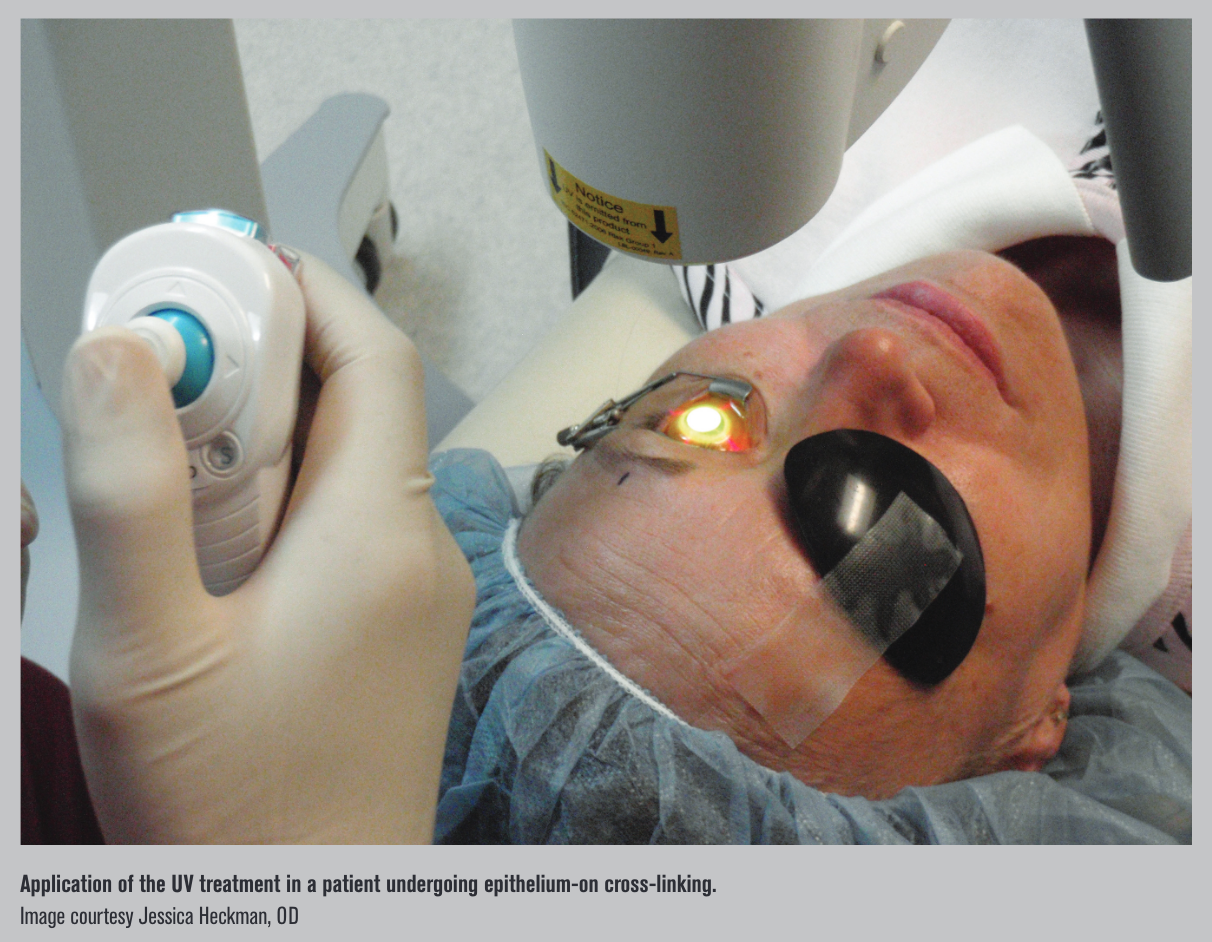
Epi On Cross Linking May Speed Visual Recovery Optometry Times

Uva Cross Linking Youtube
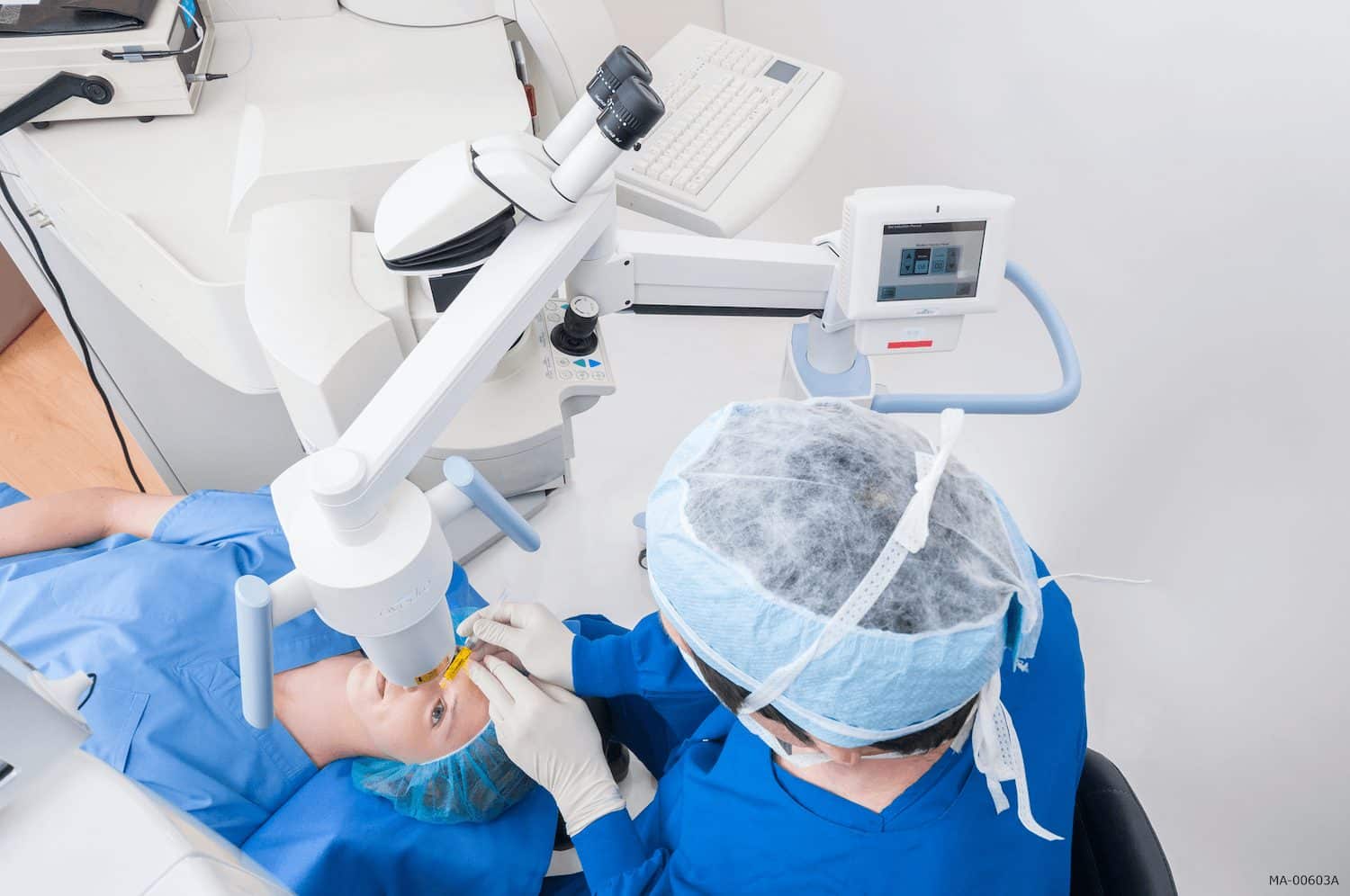
Corneal Cross Linking Treatment Utah Utah County Excel Eye Center

Corneal Collagen Cross Linking 15 And Beyond Dr Elsie Chan Consultant Ophthalmologist Royal Victorian Eye And Ear Hospital Honorary Fellow Cera University Ppt Download

Pdf Post Collagen Cross Linking Infection
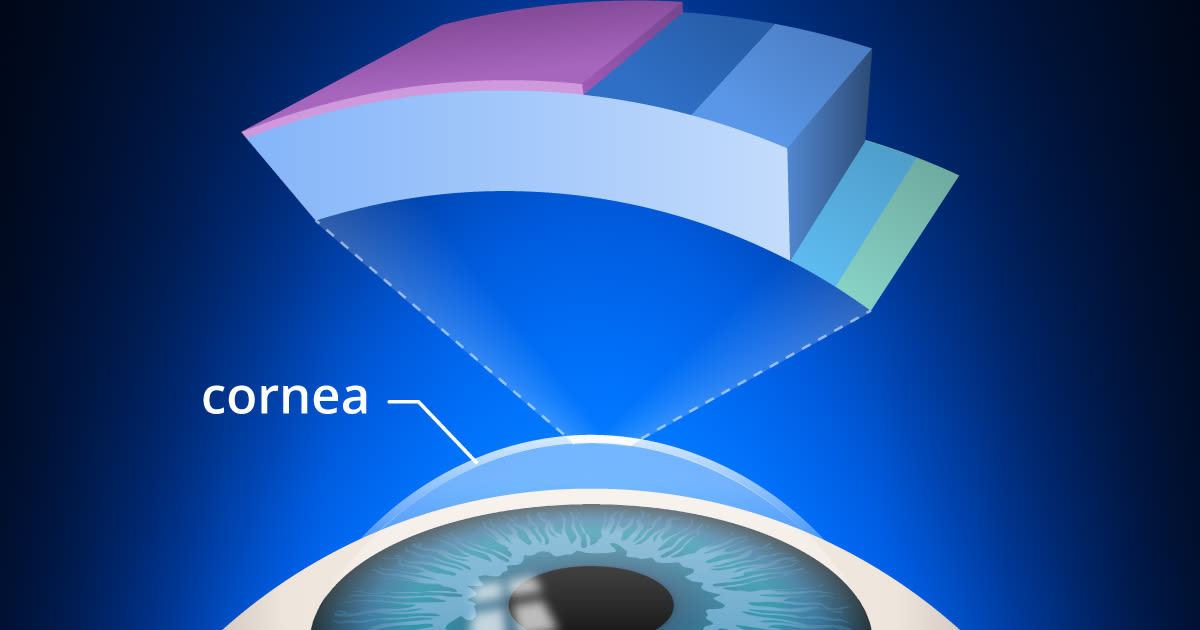
Corneal Cross Linking Recovery Side Effects Cost
Keratoconus is a sightstealing disease of the cornea that has had limited treatment options to slow its progression But now, Cornea Consultants of Albany are happy to become the first surgeons in Northeastern New York to begin using the FDpproved crosslinking device and medication from Avedro;.
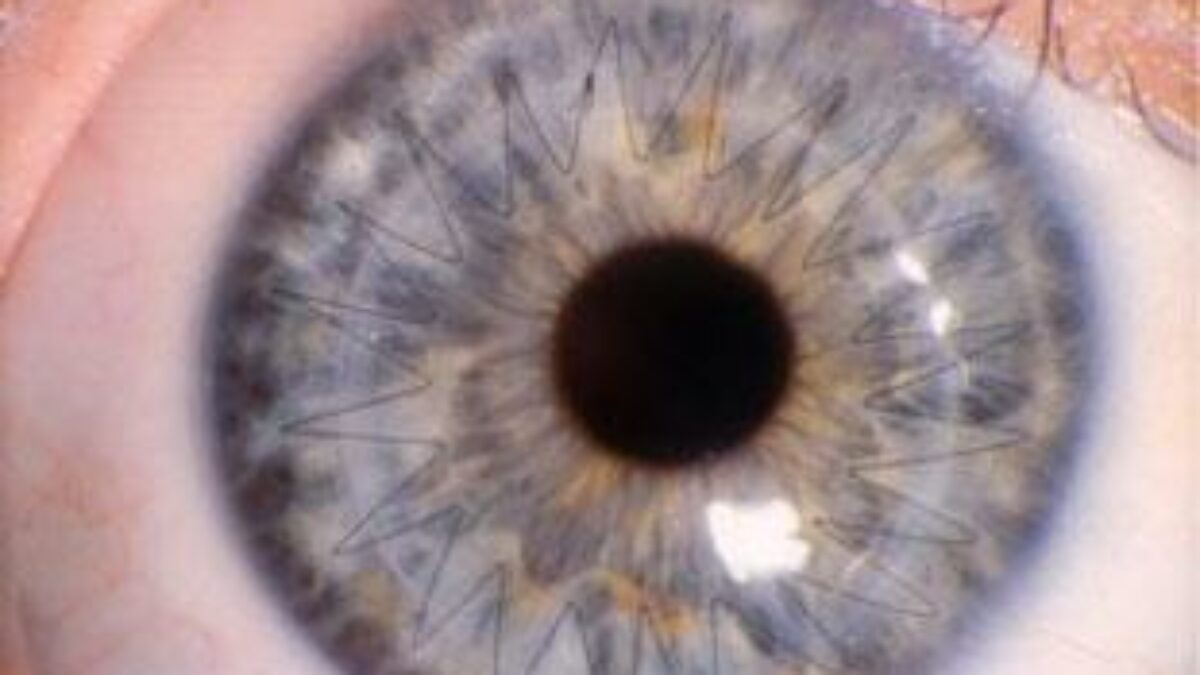
Corneal cross linking surgery. Corneal collagen crosslinking, primarily used as a way to address keratoconus and corneal ectasia, is currently in the midst of that process The biggest evolutionary shift taking place today is the move from procedures that require removal of the epithelium to ones that don’t. Cornea crosslinking eye surgery is a minimally invasive procedure that requires only topical anesthetic During treatment, you will relax in a reclined position and riboflavin drops will be placed in your eye After about minutes, ultraviolet light is used to gently ablate the surface of the cornea This will take around 30 minutes. Corneal crosslinking is an in office procedure that does not involve surgical incisions into the eye or stitches It is a relatively noninvasive procedure that is done with Photrexa Viscous eye drops and light.
Corneal crosslinking is an inoffice procedure that works to strengthen and stabilize the cornea in eyes that have weakness from keratoconus or ectasia At Baylor Medicine, our cornea specialists are experienced in the treatment of keratoconus and corneal ectasias. In 16, however, the FDA approved crosslinking surgery as a treatment for keratoconus and recommended that a registry system should be setup to evaluate the longterm treatment effect 65 66 The Save Sight Keratoconus Registry is an international database of keratoconus patients that is tracking outcomes of crosslinking in patients with. Corneal crosslinking is a surgical procedure designed to help people with keratoconus The condition can be hereditary, or it can develop after a refractive surgery (like LASIK) Doctors use a vitamin solution and light to strengthen eye structures and resolve the distortion keratoconus can cause ( Learn more).
Corneal crosslinking (CXL) has been performed worldwide for around years and was approved by the FDA in April 16 Surgeons have performed CXL to treat keratoconus and other corneal degenerative diseases, including pellucid marginal degeneration and ectasia after refractive surgery. UPDATE Dr Cronin now performs cross linking at NO GAP rates for patients with health insurance Patients can also have intravenous sedation (also at NO GA. There are two basic types of corneal crosslinking treatments The most common and only version suitable for more advanced cases is known as “epitheliumoff” crosslinking and involves removing the thin outer corneal layer (the epithelium) in order to assure significant absorption of the liquid riboflavin deep into the corneal tissue.
Corneal crosslinking is a minimally invasive, inoffice procedure that is also referred to as corneal collagen crosslinking It’s designed to strengthen the cornea if it has been weakened, usually by keratoconus A healthy cornea has “crosslinks” that connect its collagen fibers, keeping it strong enough to retain its normal shape. The benefit of undergoing corneal crosslinking is that it will reduce the need for a corneal transplant The corneal crosslinking procedure provides strength and shape to the cornea by reinforcing the collagen bonds, this way it is less likely that your cornea will continue to change shape and therefore reduces your chances of needing a cornea transplant. Call the ARCH Hotline for questions about coding, billing, claims submissions or payer coverage for corneal crosslinking with Photrexa® Viscous and Photrexa® with the KXL® System Visit Avedro's website to learn more about insurance coverage and find cornea specialist who perform corneal crosslinking.
Corneal crosslinking is a treatment for an eye problem called keratoconus Keratoconus is a degenerative disorder in which structural changes to the cornea cause it to thin and change to a more conical shape than its normal gradual curve. Corneal crosslinking (CXL) is a relatively noninvasive medical procedure designed to strengthen and stabilize the cornea and thereby halt or slow the progression of keratoconus. Corneal crosslinking surgery is used to treat astigmatism, which is an imperfection in the curvature of your eye In these cases, astigmatism is progressive and is often caused by keratoconus, pellucid marginal degeneration, or other forms of corneal ectasia (or “warpage”).
Although corneal crosslinking is a relatively safe procedure, some side effects and complications have been reported after the procedure These range from minor side effects such as haze and sterile infiltrates to more serious complications such as corneal infection, stromal melting leading to perforation, or the development of deep stromal scars. The fact is that corneal cross linking has been clearly shown to decrease the risk of corneal transplant The younger you are when your keratoconus is diagnosed, the more rapidly your disease will progress and the sooner you will need a graft Any treatment that avoids corneal transplant is good news. FDA has approved corneal collagen crosslinking (CXL) for progressive keratoconus in April 16 this approval only covers the crosslinking products developed by Glaukos Corporation (formerly Avedro, Inc) this FDpproved method involves corneal epithelial debridment, hence it is known as epitheliumoff or epioff crosslinking.
Call the ARCH Hotline for questions about coding, billing, claims submissions or payer coverage for corneal crosslinking with Photrexa® Viscous and Photrexa® with the KXL® System Visit Avedro's website to learn more about insurance coverage and find cornea specialist who perform corneal crosslinking. Corneal crosslinking (CXL) has been performed worldwide for around years and was approved by the FDA in April 16 Surgeons have performed CXL to treat keratoconus and other corneal degenerative diseases, including pellucid marginal degeneration and ectasia after refractive surgery. Corneal crosslinking is a minimally invasive procedure that can be performed in the office using ultraviolet light and riboflavin eye drops to stop the progression of keratoconus, a noninflammatory eye condition that can cause vision loss.
Crosslinking is a minimally invasive outpatient procedure that combines the use of UVA light and riboflavin eye drops to add stiffness to corneas which have been weakened by disease or refractive surgery Crosslinking, which has been performed in Europe since 03, is considered the standard of care around the world for keratoconus and corneal ectasia following refractive surgery. Corneal Collagen CrossLinking Patient Selection The primary purpose of crosslinking is to halt the progression of ectasia Likewise, the best Surgical Technique Exposure to UVA (370nm, 3mw/cm 2) for 30 minutes while continuing instilling the above drops every Variations in Surgical. Photrexa® Viscous (riboflavin 5’phosphate in % dextran ophthalmic solution) and Photrexa® (riboflavin 5’phosphate ophthalmic solution) are used with the KXL® System in corneal crosslinking to treat eyes in which the cornea, the clear dome shaped surface that covers the front of the eye, has been weakened from the progression of the disease keratoconus or following refractive surgery, a method for correcting or improving your vision.
Corneal crosslinking surgery is a twostep process that involves the use of eye drops (riboflavin) followed by controlled exposure to ultraviolet (UV) light The goal of this procedure is to regain the strength of corneal tissues of the eyes. UPDATE Dr Cronin now performs cross linking at NO GAP rates for patients with health insurance Patients can also have intravenous sedation (also at NO GA. A new non surgical, non invasive treatment, based on collagen cross linking with Ultraviolet A (UVA, 365nm) and riboflavin (Vitamin B 2), a photosensitizing agent is now available This changes the intrinsic biomechanical properties of the cornea, increasing its strength by almost 300%.
Corneal crosslinking has also been FDpproved to treat ectasia, a rare condition that can occur after lasik surgery An Experienced Specialty Team with the Latest Treatment Options Corneal crosslinking at MedStar Georgetown is performed by our board certified ophthalmologists who specialize exclusively in treating diseases of the cornea. Corneal Cross Linking The aim of the treatment is to stabilise the cornea and prevent the progression of keratoconus The main structure of the corneal tissue (stroma) consists of single collagen fibers which are linked /inter connected. Corneal crosslinking is a treatment for an eye problem called keratoconus In this condition, the front part of your eye, called the cornea, thins out and gets weaker over time This makes it.
A new non surgical, non invasive treatment, based on collagen cross linking with Ultraviolet A (UVA, 365nm) and riboflavin (Vitamin B 2), a photosensitizing agent is now available This changes the intrinsic biomechanical properties of the cornea, increasing its strength by almost 300%. There are two basic types of corneal crosslinking treatments The most common and only version suitable for more advanced cases is known as “epitheliumoff” crosslinking and involves removing the thin outer corneal layer (the epithelium) in order to assure significant absorption of the liquid riboflavin deep into the corneal tissue. What to Expect with Corneal CrossLinking While lying down, you will be given drops to numb your eyes Your ophthalmologist first removes the thin, outer layer of the cornea (epithelium) This allows the medication to reach Vitamin B (riboflavin) eye drop medicine is applied to the cornea for.
Corneal Cross Linking Surgery Understanding the Symptoms Corneal crosslinking surgery is used to treat astigmatism, which is an imperfection in the Types of Corneal Cross Linking Procedures Corneal crosslinking procedures involve two steps First, specialty Preparing for Cross Linking. Corneal cross linking is a minimally invasive procedure that uses ultraviolet light and eye drops in order to strengthen the collagen fibers in the cornea The procedure is used for patients with keratoconus, a condition in which the cornea grows thin and weak. Corneal crosslinking is an outpatient and minimally invasive procedure that usually takes between 30 and 90 minutes to complete Usually, one eye is done at a time First, your eye will be bathed in riboflavin in liquid form, which is vitamin B2 It will then be exposed to ultraviolet (UV) light in a controlled fashion.
A groundbreaking treatment that has already begun to change the lives of patients with keratoconus. The two basic types of corneal crosslinking are Epitheliumoff crosslinking In this procedure, the thin outer layer (epithelium) of the cornea is removed to allow the Epitheliumon crosslinking In this procedure (also called transepithelial crosslinking), the protective corneal. Corneal cross linking is a minimally invasive procedure that uses ultraviolet light and eye drops in order to strengthen the collagen fibers in the cornea The procedure is used for patients with keratoconus , a condition in which the cornea grows thin and weak.
Corneal crosslinking (CXL) has been performed worldwide for around years and was approved by the FDA in April 16 Surgeons have performed CXL to treat keratoconus and other corneal degenerative diseases, including pellucid marginal degeneration and ectasia after refractive surgery. UV riboflavin CXL, or corneal collagen cross linking (CXL), is a longterm keratoconus treatment which utilizes riboflavin eye drops, containing vitamin B2, and ultraviolet light to stimulate the growth of collagen cross links within a damaged cornea This restoration of corneal collagen links can strengthen the corneal tissue and prevent the development of a incorrectly shaped or "conelike" corneas, which is associated with keratoconus. In 16, however, the FDA approved crosslinking surgery as a treatment for keratoconus and recommended that a registry system should be setup to evaluate the longterm treatment effect 65 66 The Save Sight Keratoconus Registry is an international database of keratoconus patients that is tracking outcomes of crosslinking in patients with.
A groundbreaking treatment that has already begun to change the lives of patients with keratoconus. Journal of Refractive Surgery PURPOSETo evaluate the efficacy and safety of transepithelial corneal crosslinking (CXL) with supplemental oxygenMETHODSThis was a prospective, noncomparative. During the procedure, which takes about 60 to 90 minutes, the doctor creates new corneal collagen crosslinks that strengthen the collagen by Applying numbing drops to the epithelium, a thin layer on the cornea’s surface, and gently removing it Applying eye drops to the cornea for 30 minutes.
Journal of Refractive Surgery PURPOSETo investigate the longterm efficacy and safety of continuous lightaccelerated corneal crosslinking (CXL) in patients with progressive keratoconus. In 16, however, the FDA approved crosslinking surgery as a treatment for keratoconus and recommended that a registry system should be setup to evaluate the longterm treatment effect 65 66 The Save Sight Keratoconus Registry is an international database of keratoconus patients that is tracking outcomes of crosslinking in patients with. Corneal collagen crosslinking (CXL) is a treatment available at the Dean McGee Eye Institute that can halt the progression of keratoconus, and is the only FDpproved crosslinking treatment In fact, DMEI was part of the original FDA study and is one of the first providers in the country to offer corneal crosslinking surgery since its approval.
Collagen crosslinking of cornea (including removal of the corneal epithelium and intraoperative pachymetry when performed) Other HCPCS codes related to the CPB J2787 Riboflavin 5'phosphate, ophthalmic solution, up to 3 mL ICD10 codes covered if selection criteria are met H H Keratoconus H H Corneal ectasia Q1. There are two basic types of corneal crosslinking treatments The most common and only version suitable for more advanced cases is known as “epitheliumoff” crosslinking and involves removing the thin outer corneal layer (the epithelium) in order to assure significant absorption of the liquid riboflavin deep into the corneal tissue. Corneal crosslinking with riboflavin and UVA light is a surgical treatment for corneal ectasia such as keratoconus, PMD, and postLASIK ectasia It is used in an attempt to make the cornea stronger According to a 15 Cochrane review, there is insufficient evidence to determine if it is useful in keratoconus In 16, the US Food and Drug Administration approved riboflavin ophthalmic solution crosslinking based on three 12month clinical trials.
There are two basic types of corneal crosslinking treatments The most common and only version suitable for more advanced cases is known as “epitheliumoff” crosslinking and involves removing the thin outer corneal layer (the epithelium) in order to assure significant absorption of the liquid riboflavin deep into the corneal tissue. UV riboflavin CXL, or corneal collagen cross linking (CXL), is a longterm keratoconus treatment which utilizes riboflavin eye drops, containing vitamin B2, and ultraviolet light to stimulate the growth of collagen cross links within a damaged cornea This restoration of corneal collagen links can strengthen the corneal tissue and prevent the development of a incorrectly shaped or "conelike" corneas, which is associated with keratoconus. There are two basic types of corneal crosslinking treatments The most common and only version suitable for more advanced cases is known as “epitheliumoff” crosslinking and involves removing the thin outer corneal layer (the epithelium) in order to assure significant absorption of the liquid riboflavin deep into the corneal tissue.
About Keratoconus as a medical condition, treatment options including specialty scleral contact lenses, corneal cross linking (CXL) and corneal transplant surgery. About Keratoconus as a medical condition, treatment options including specialty scleral contact lenses, corneal cross linking (CXL) and corneal transplant surgery. Corneal crosslinking (CXL) has been performed worldwide for around years and was approved by the FDA in April 16 Surgeons have performed CXL to treat keratoconus and other corneal degenerative diseases, including pellucid marginal degeneration and ectasia after refractive surgery.
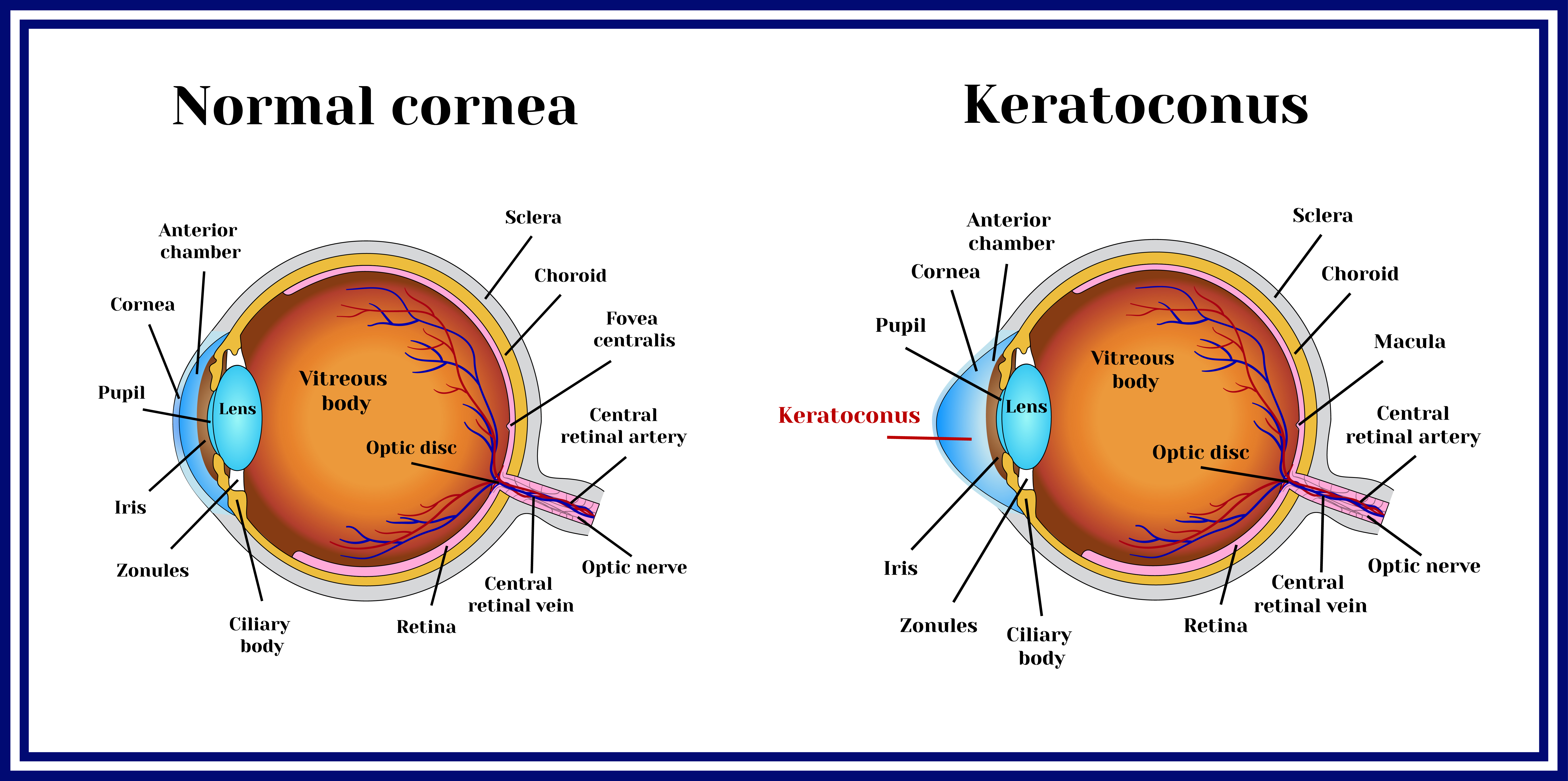
What Is Corneal Cross Linking Pros And Cons In Nvision Eye Centers
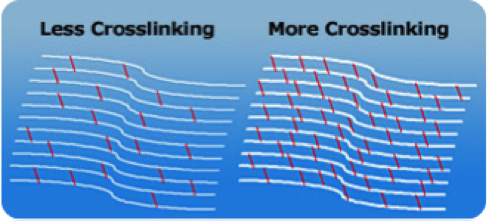
Keratoconus Eagle Eye Centre

Corneal Collagen Crosslinking Cxl New Jersey Keratoconus Specialist Nyc Clei Center For Keratoconus
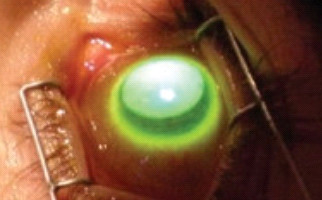
Corneal Collagen Cross Linking Keratoconus Treatment Aktis Eye Laser Center

Combined Corneal Cross Linking And Other Procedures Indications And Application Models Ento Key

C3 R Keratoconus Treatment By Avedro

Current Concepts In Crosslinking Thin Corneas Deshmukh R Hafezi F Kymionis Gd Kling S Shah R Padmanabhan P Sachdev Ms Indian J Ophthalmol
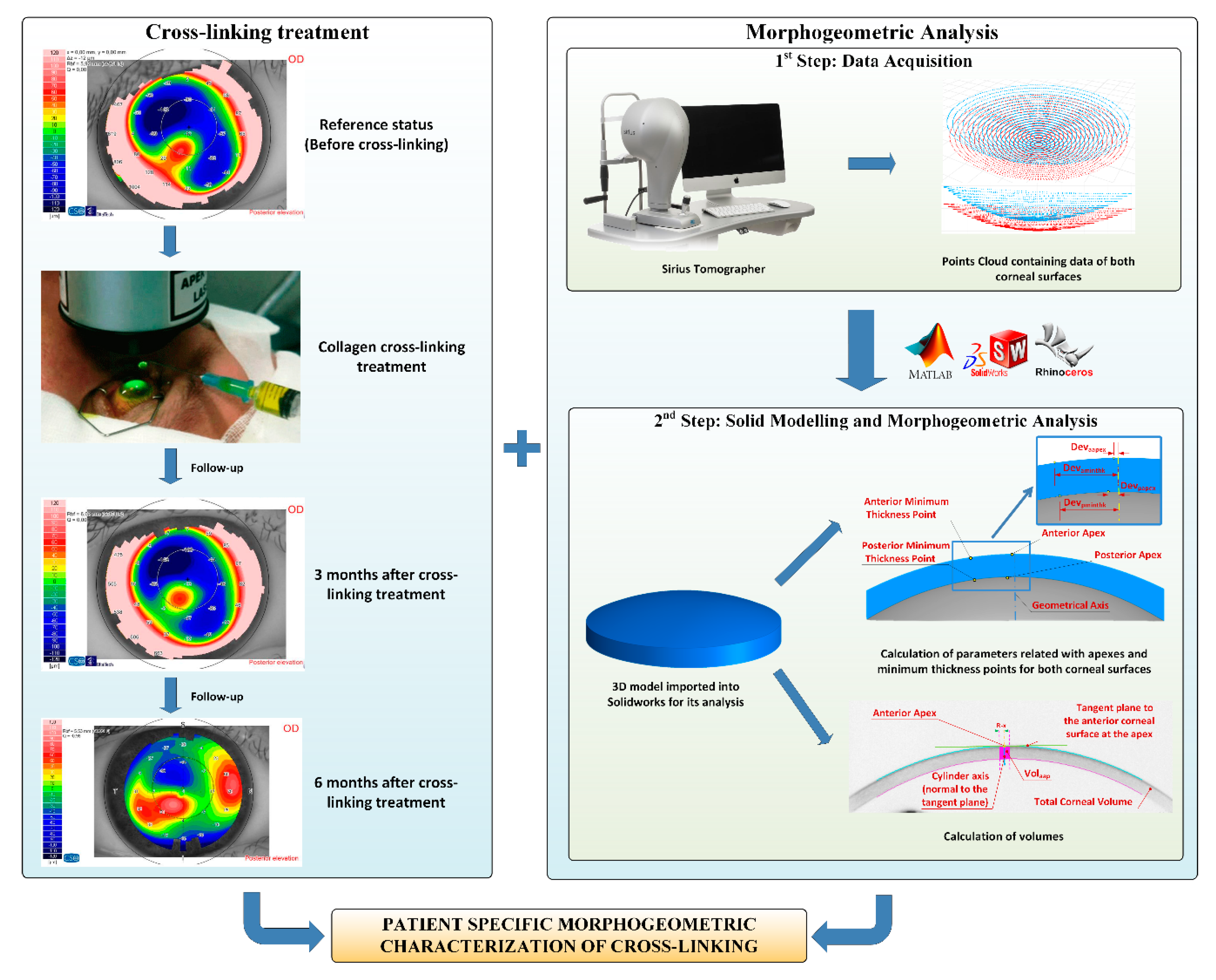
Diagnostics Free Full Text Changes In The 3d Corneal Structure And Morphogeometric Properties In Keratoconus After Corneal Collagen Crosslinking

Corneal Collagen Cross Linking Available To Stabilize And Slow Progression Of Keratoconus
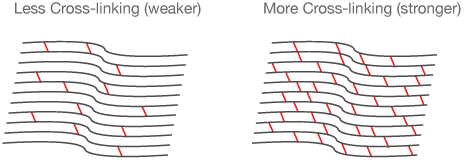
Tampa Corneal Collagen Cross Linking Progressive Keratoconus Care
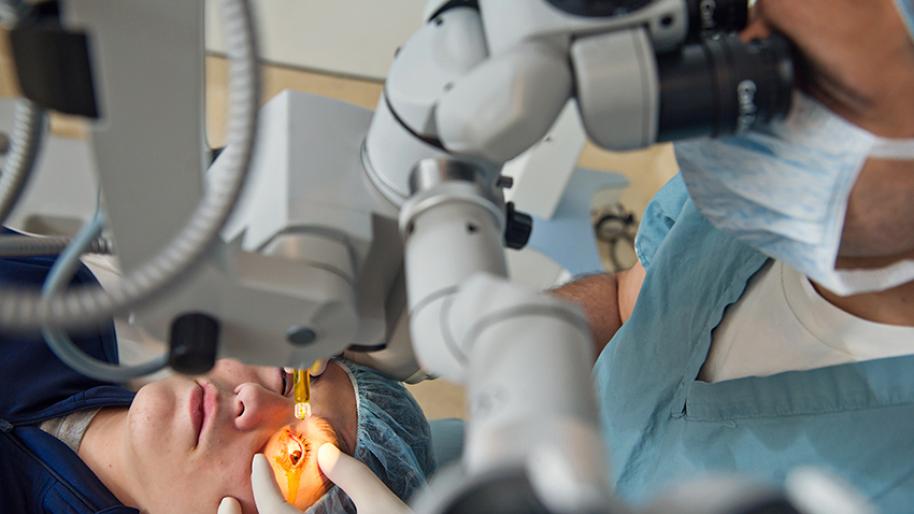
Corneal Cross Linking Collagen Cross Linking Kellogg Eye Center Michigan Medicine
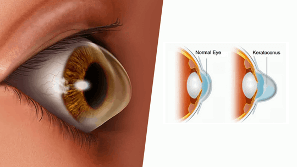
Corneal Cross Linking West Palm Beach Keratoconus Port St Lucie

Evolution In Cxl Eurotimes
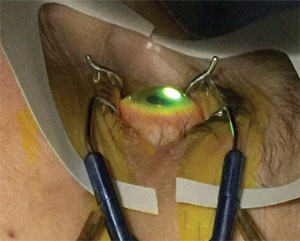
Making The Most Of Corneal Cross Linking
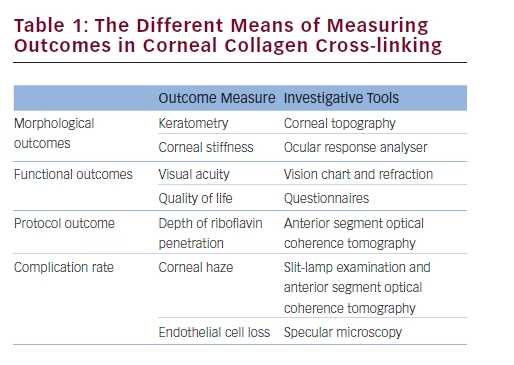
Corneal Collagen Cross Linking For Keratoconus Touchophthalmology
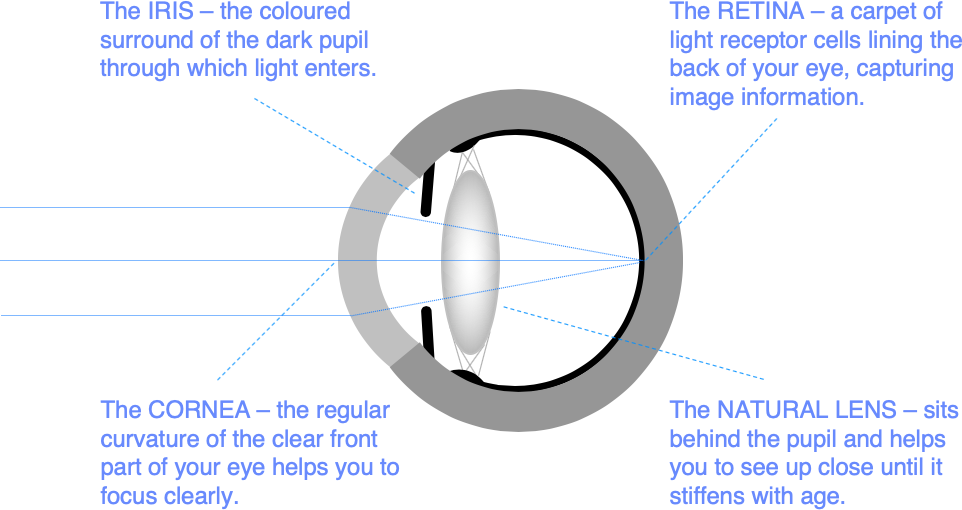
Transepithelial Prk And Corneal Crosslinking Transprk Cxl
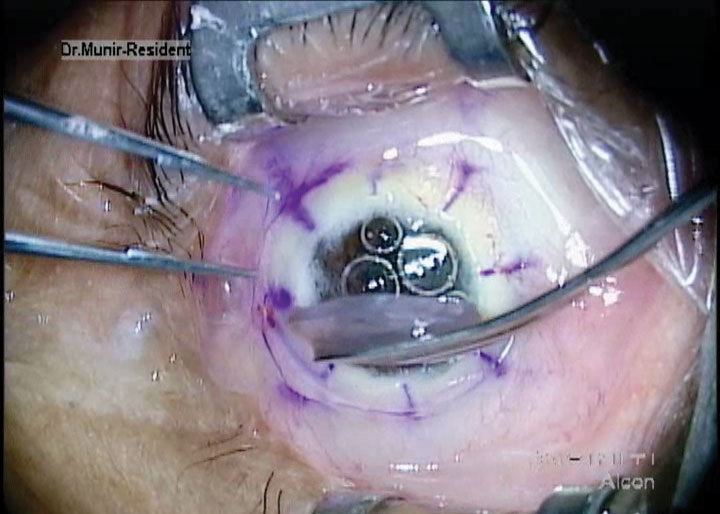
Non Cross Linking Options For Keratoconus

Pdf Corneal Wound Healing After Ultraviolet A Riboflavin Collagen Cross Linking A Rabbit Study
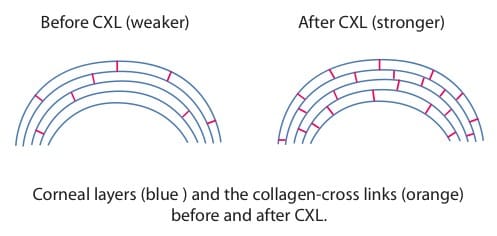
Collagen Cross Linking The Eye Practice

Eyes Changed Color After Corneal Crosslinking For Keratoconus Eye Color Change Corneal After Surgery

Collagen Cross Linking A New Treatment Paradigm In Corneal Disease A Review

Everything You Need To Know About Cross Linking Eye Surgery Atlanta Vision Cataract And Laser Center Ophthalmologists

Corneal Crosslinking Littleton Colorado Eye Consultants
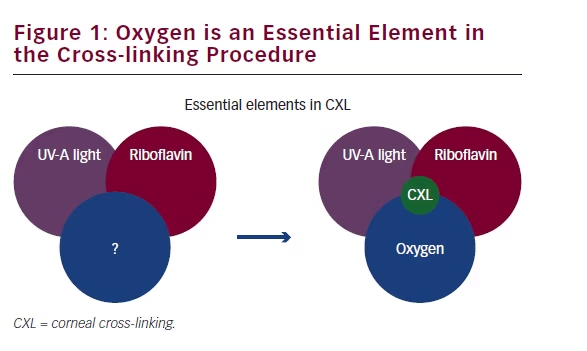
How To Choose The Best Cross Linking Procedure In 16 Touchophthalmology

Cost Of Corneal Cross Linking Surgery For Keratoconus Dr Ashraf Soliman

Corneal Cross Linking Cxl Surgical Treatment For Keratoconus

Corneal Cross Linking What Is This Treatment About Imo

Chicago Corneal Cross Linking Cxl Procedures Foulkes Vision

Corneal Cross Linking Cxl Treatment For Keratoconus Explained

Corneal Cross Linking

Corneal Collagen Cross Linking With Riboflavin

Corneal Cross Linking Cxl Chicago Keratoconus South Barrington

Corneal Crosslinking A Look At Data That Convinced The Fda

Is Crosslinked Corneal Donor Tissue Beneficial In Pk

Petition To Help Get The Cross Linking Procedure Placed On Ohip Change Org
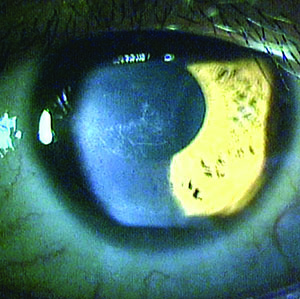
When Corneal Cross Linking Goes Bad

Keratoconus Treatment Cleveland Corneal Cross Linking Cleveland

Collagen Crosslinking Using Riboflavin And Uva Exposure For Keratoconus Or C3r Treatment
Q Tbn And9gcrz6bxjsb6gnyuysejhwgaewtyrig1towyuvwgsdi0yjzx65whp Usqp Cau
1
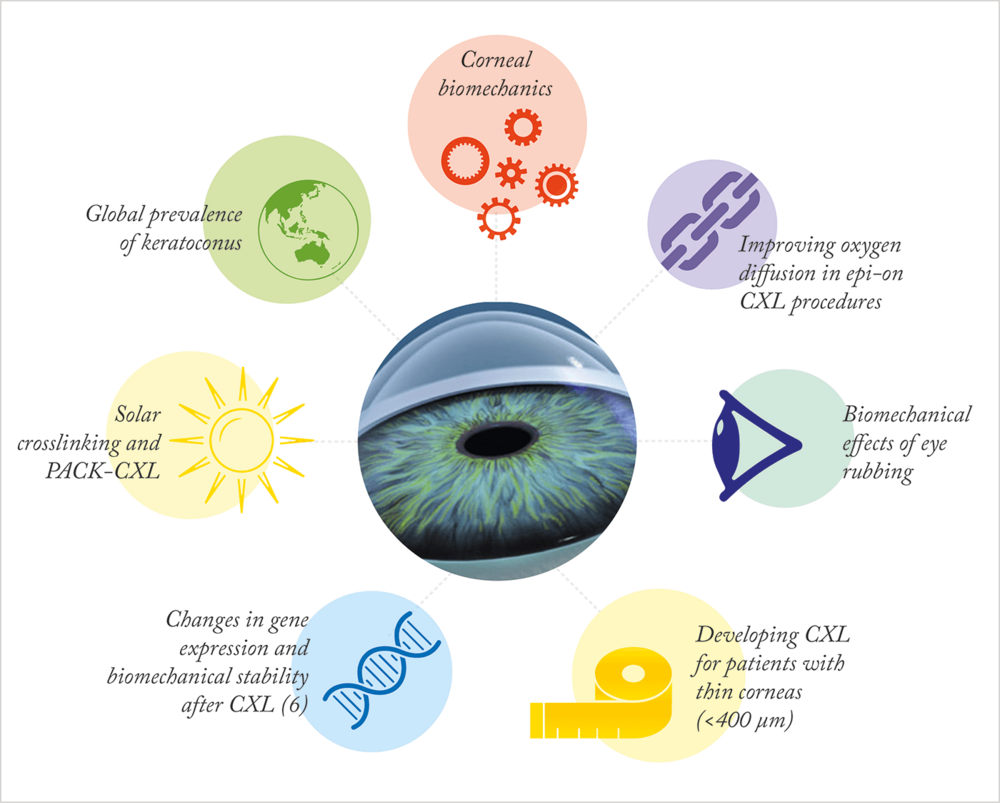
Corneal Crosslinking To Be Continued
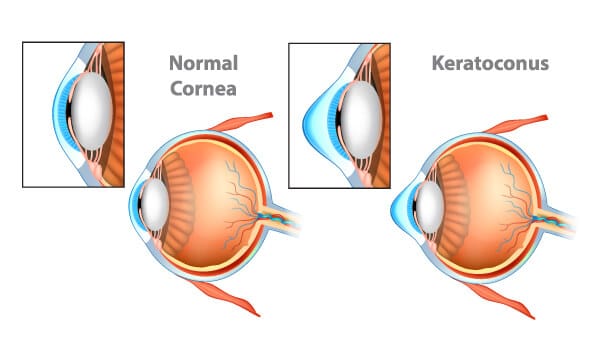
Corneal Cross Linking Treatment Utah Utah County Excel Eye Center

Corneal Cross Linking
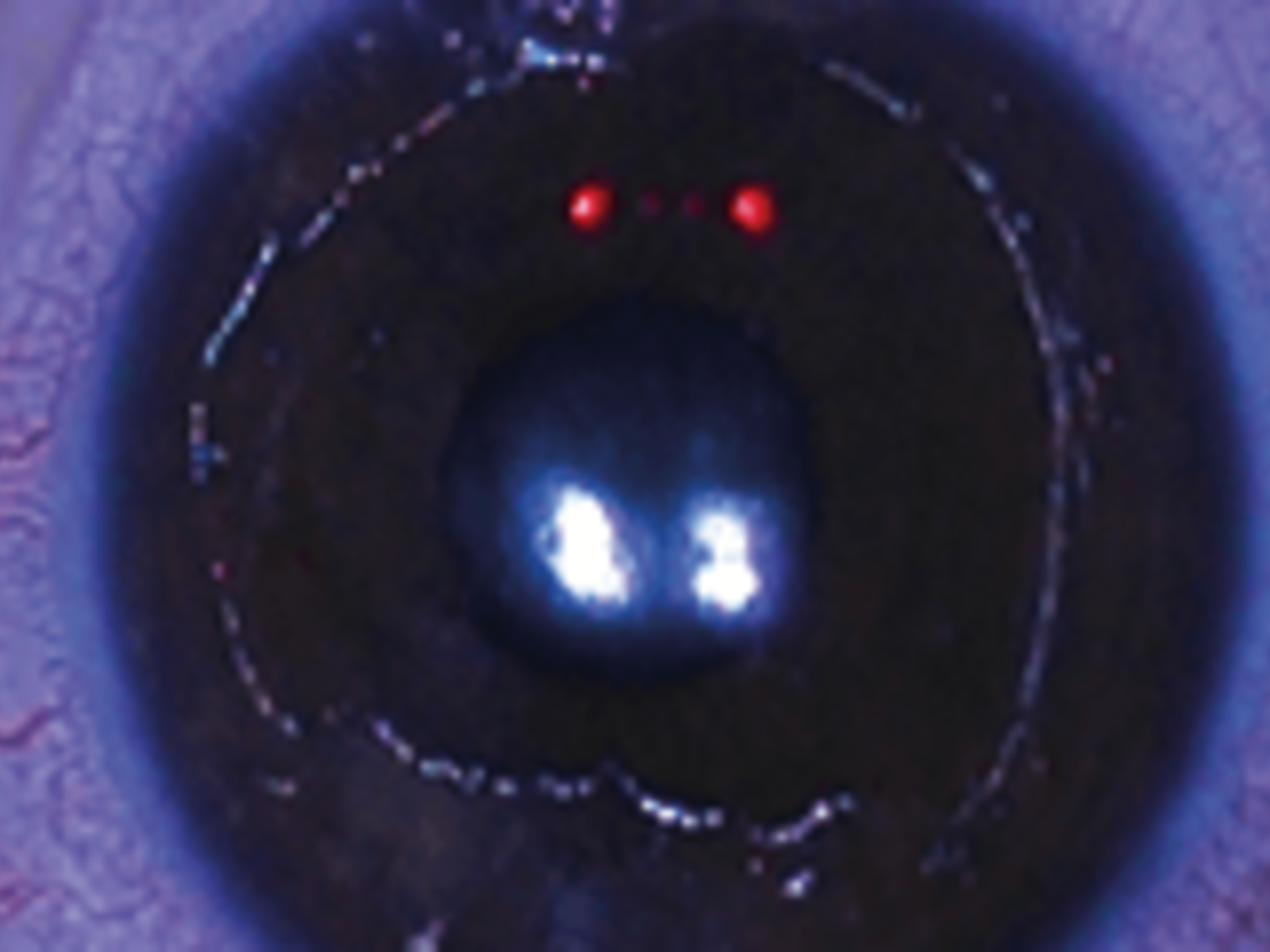
Epi On Or Epi Off

Corneal Crosslinking Maryland Vision Institute

Corneal Collagen Cross Linking For Keratoconus Helps Patients See Better Longer Eyes And Vision Prevention Ut Southwestern Medical Center

Ods Recognize Potential Of Corneal Collagen Cross Linking

Corneal Collagen Cross Linking Dr John Goosey

Corneal Collagen Cross Linking Treatmen Recovery Iranian Surgery
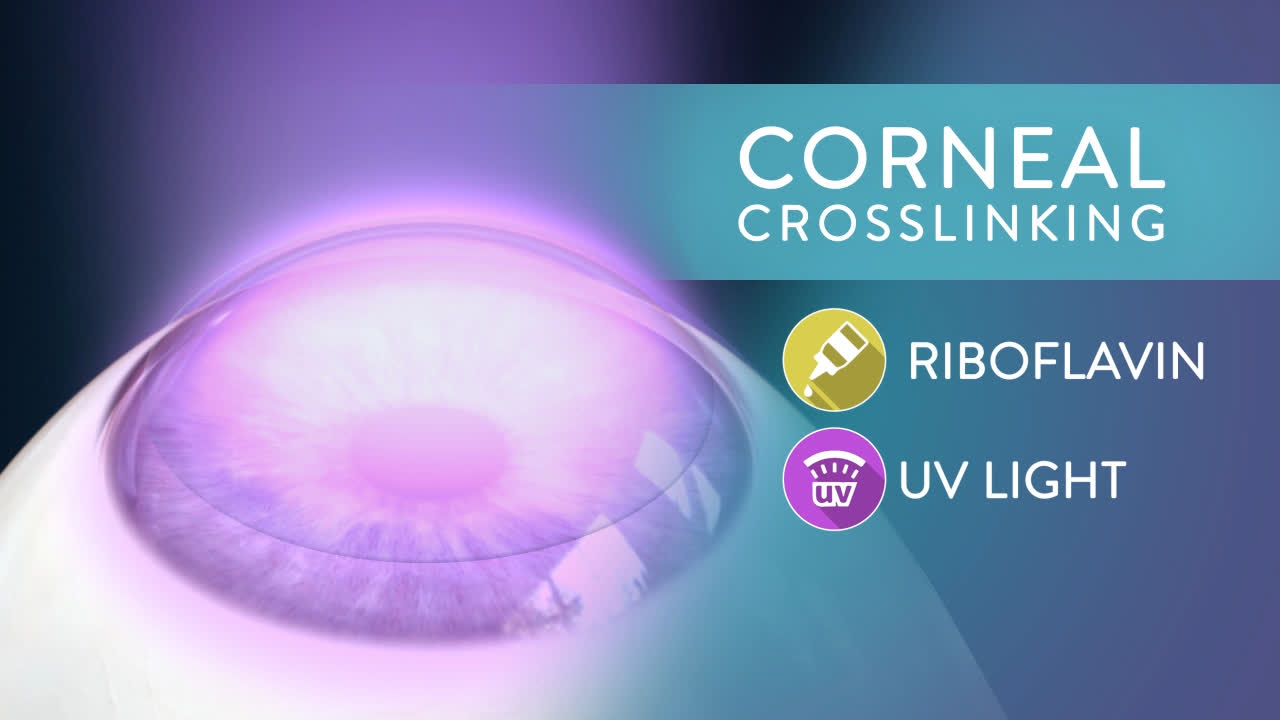
Corneal Cross Linking Keratoconus Treatment Options Arizona
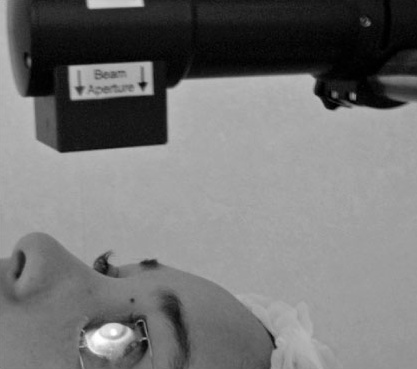
Corneal Cross Linking Wikipedia

Cross Linking Jerry Tan Eye Surgery Clinic Singapore

Everything You Need To Know About Corneal Collagen Cross Linking Cxl Covalentcareers

What Is Corneal Collagen Cross Linking Youtube

Collagen Cross Linking Current Perspectives Topic Of Research Paper In Clinical Medicine Download Scholarly Article Pdf And Read For Free On Cyberleninka Open Science Hub

Icrs And Cross Linking For Corneal Ectasia

What Are The Costs Of Corneal Cross Linking For The Treatment Of Progressive Keratoconus

Collagen Crosslinking For Keratoconus Refractive Surgery Course

Ophthalmology Management Keratoconus Trends In Cross Linking
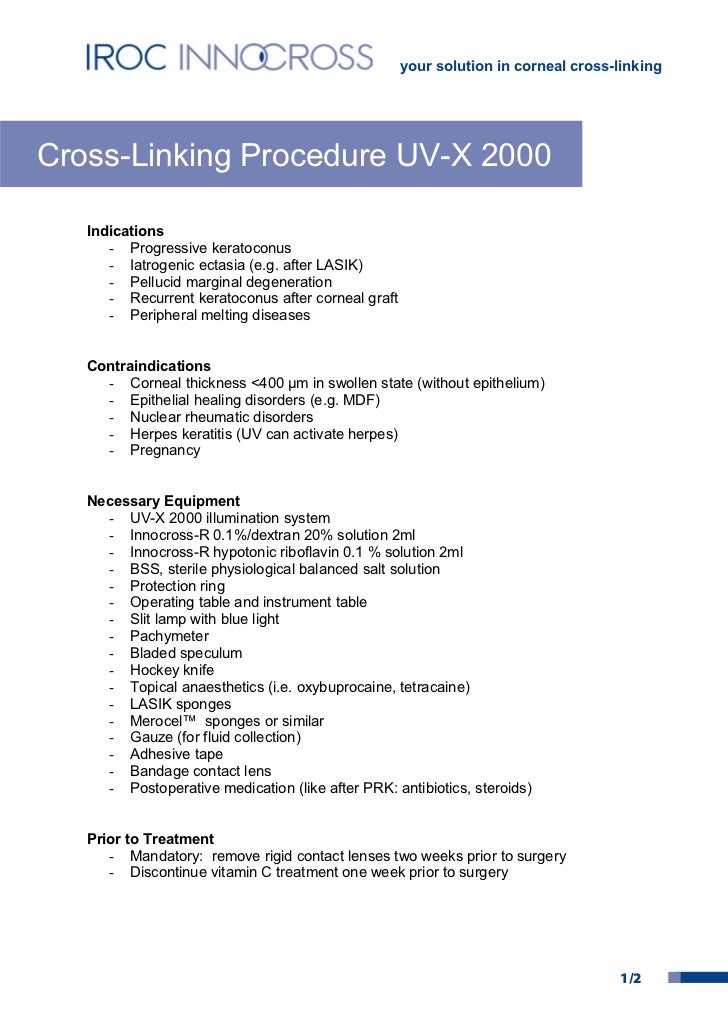
105 Uv X00 Cross Linking Procedure 22 2 12

Corneal Crosslinking Eyes Matter

Current Concepts In Crosslinking Thin Corneas Deshmukh R Hafezi F Kymionis Gd Kling S Shah R Padmanabhan P Sachdev Ms Indian J Ophthalmol

Keratoconus Treatment Intac Surgery Corneal Cross Linking Explained By Dr Paul Dougherty Youtube

Postoperative Management Of Corneal Crosslinking Patients

Keratoconus Treatment May Prevent Need For Corneal Transplant

Simultaneous Topography Guided Photorefractive Keratectomy Followed By Corneal Collagen Cross Linking For Keratoconus

Eyeworld Crosslinking Combo Procedures For Refractive Outcomes In Keratoconus
Corneal Crosslinking American Academy Of Ophthalmology

What Is Corneal Cross Linking Avedro
Q Tbn And9gcs4co47mvavfgnu93gppxrl7b Bxzy2h Qq5mdigft2x95yockv Usqp Cau

Fda Approved Non Fda Approved Cross Linking For Keratoconus Keratoconus Institute Of Maryland

Ophthalmology Management Coding Amp Reimbursement

Corneal Crosslinking Reshaping Keratoconus Management

Keratoconus New Jersey Cross Linking Teaneck Clei

Corneal Cross Linking Eye Institute At Medical Center

Corneal Cross Linking Cxl Precision Family Eye Care

A Protocol For Use Of Prokera After Corneal Collagen Cross Linking

Corneal Collagen Cross Linking Ccl Cxl

Corneal Cross Linking Cxl Clearvision Eye Clinic Singapore
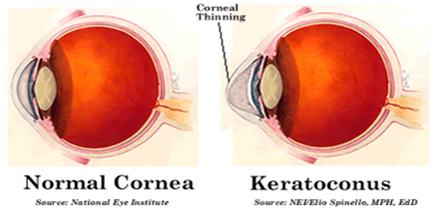
Corneal Collagen Cross Linking Cxl In San Diego California

Cross Linking Vancouver Martin Mccarthy Md Martin Mccarthy M D

Corneal Cross Linking Cxl Precision Family Eye Care

Everything You Need To Know About Corneal Collagen Cross Linking Cxl Covalentcareers
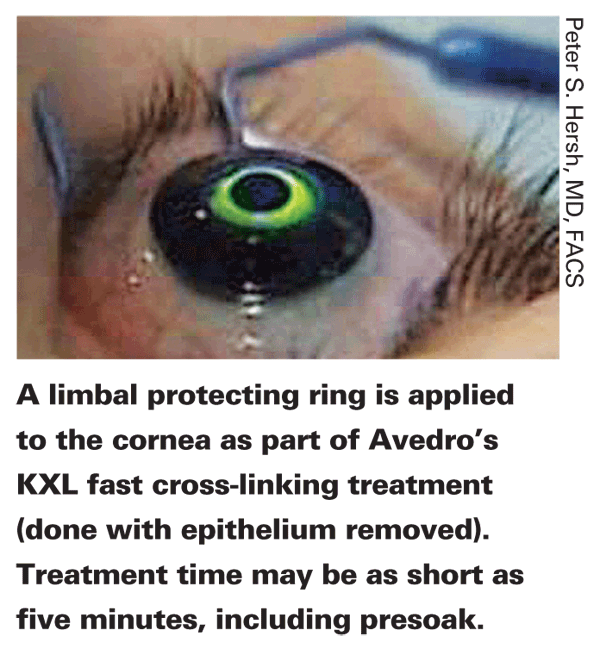
Collagen Cross Linking The Promise Keeps Growing

Corneal Cross Linking System Eye Instrument Eye Surgical Instrument Ophthalmology Instrument Opthalmic Surgery Instrument Eye Surgery Instrument In Malad West Mumbai Smr Ophthalmic Private Limited Id

Corneal Collagen Cross Linking For Keratoconus Youtube
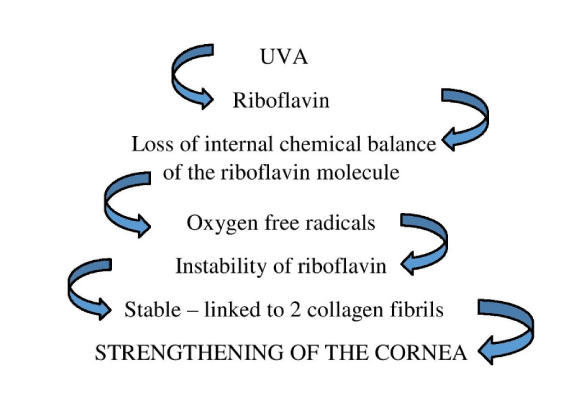
Corneal Collagen Cross Linking Procedures

Bay Area Keratoconus Treatment Corneal Cross Linking San Francisco San Francisco Eye Institute
Q Tbn And9gcrjrh Tvcwil B1uoggk6ftxk0gt6jlxi5lgmekr2phoahe1b5k Usqp Cau
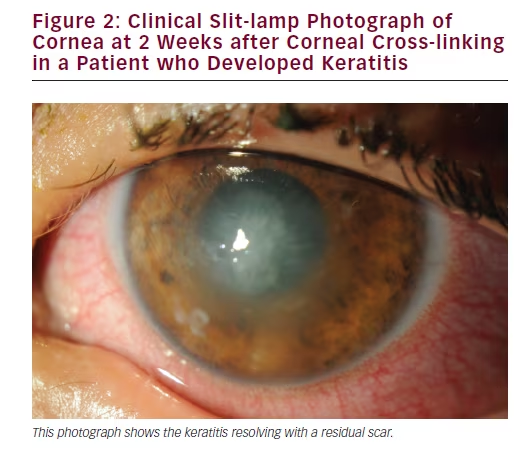
Corneal Collagen Cross Linking For Keratoconus Touchophthalmology

Corneal Collagen Cross Linking Long Island Cxl Ny Sightmd

Eyeworld Tracking And Treating Pediatric Keratoconus With Crosslinking
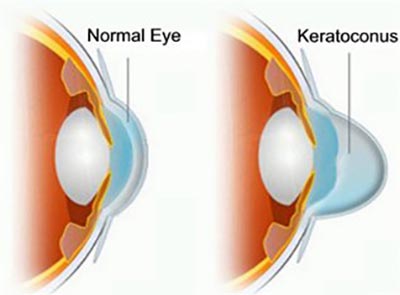
Corneal Cross Linking Cxl Procedure Top Eye Doctor Midtown Nyc
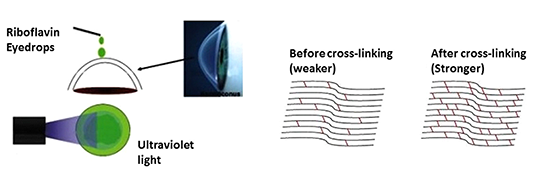
Corneal Cross Linking Casey Eye Institute Ohsu

Corneal Crosslinking Mid Atlantic Cornea Consultants

Corneal Cross Linking Keratoconus Treatment Optimax

Cross Linking Vincenzo Maurino
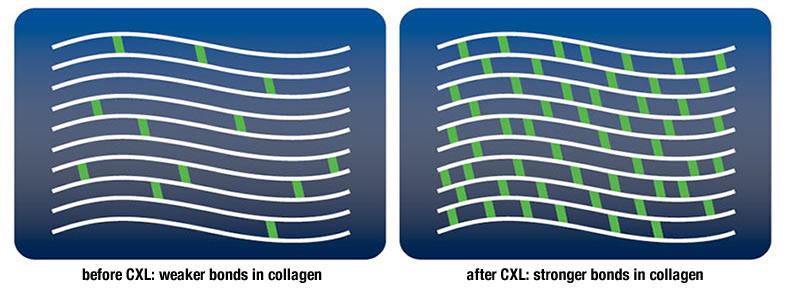
Corneal Crosslinking Keratoconus Australia Keratoconus Australia



